Edited by Doctor Alessio Capobianco
Test for the long head of the bicep
- Popeye's or Ludington's sign: it is performed by making the patient contract both biceps with the hands placed on the head; a distal retraction of the muscle belly or a lack of contraction is indicative of rupture of the long head of the biceps.
-
Palm up (or Gillchrist maneuver): the subject with the elbow extended and the palm of the hand supinated must raise the limb the anterior flexion while the examiner counteracts the movement with a hand placed on the patient's palm; the test is considered positive if it causes pain (figure).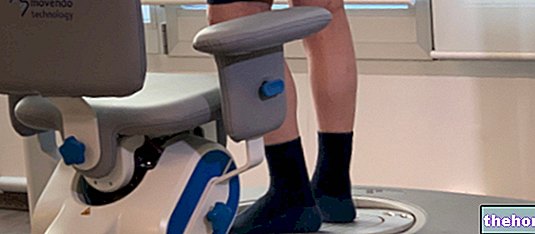
- Yergason test: the patient is standing with the adducted arm at the side and forearm supinated, elbow flexed at 90 °; the examiner counteracts the further flexion of the forearm on the arm; the test is positive if it causes pain in the bicipital groove and indicates subluxation of the tendon.
Test for the glenoid labrum
- O "Brien test: the patient is placed with the shoulder flexed 90 ° forward, elbow extended; must resist a downward thrust exerted by the "examiner, first in maximum internal rotation and then in maximum external rotation; the test is positive when it causes pain in the intrarotated limb and the pain decreases with an extrarotated limb, a sign of an" anomaly of the glenoid labrum ( figure).
- Pain Provocation Test for SLAP: the patient's limb is raised up to 90-100 ° with the elbow flexed by 90 ° and the forearm pronated, then a supination of the forearm is performed and the patient is asked in which of the two positions he feels pain; if the pain occurs only or mainly in the pronated forearm, the positive test for upper lip injury is considered (figure).

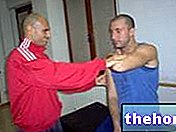


Other articles on "Biceps Long Head Test - Glenoid Lip Test"
- Rotator cuff test
- Functional evaluation in shoulder pathologies
- Conflict (or impigement) test
- Test for instability


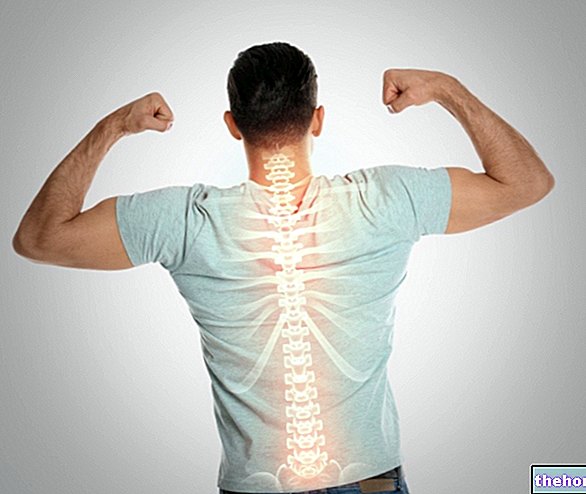
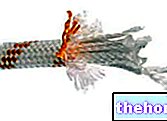


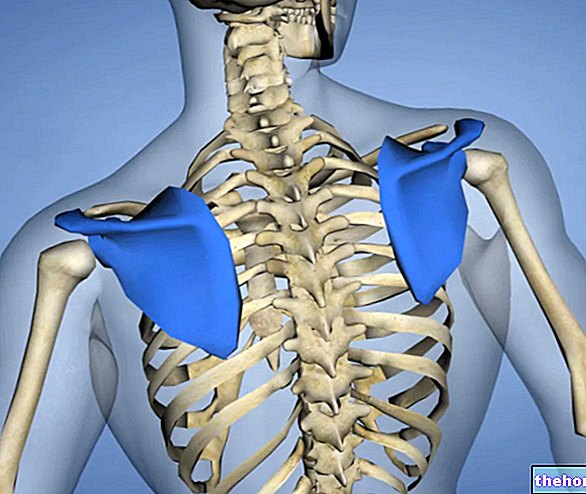

















-nelle-carni-di-maiale.jpg)




